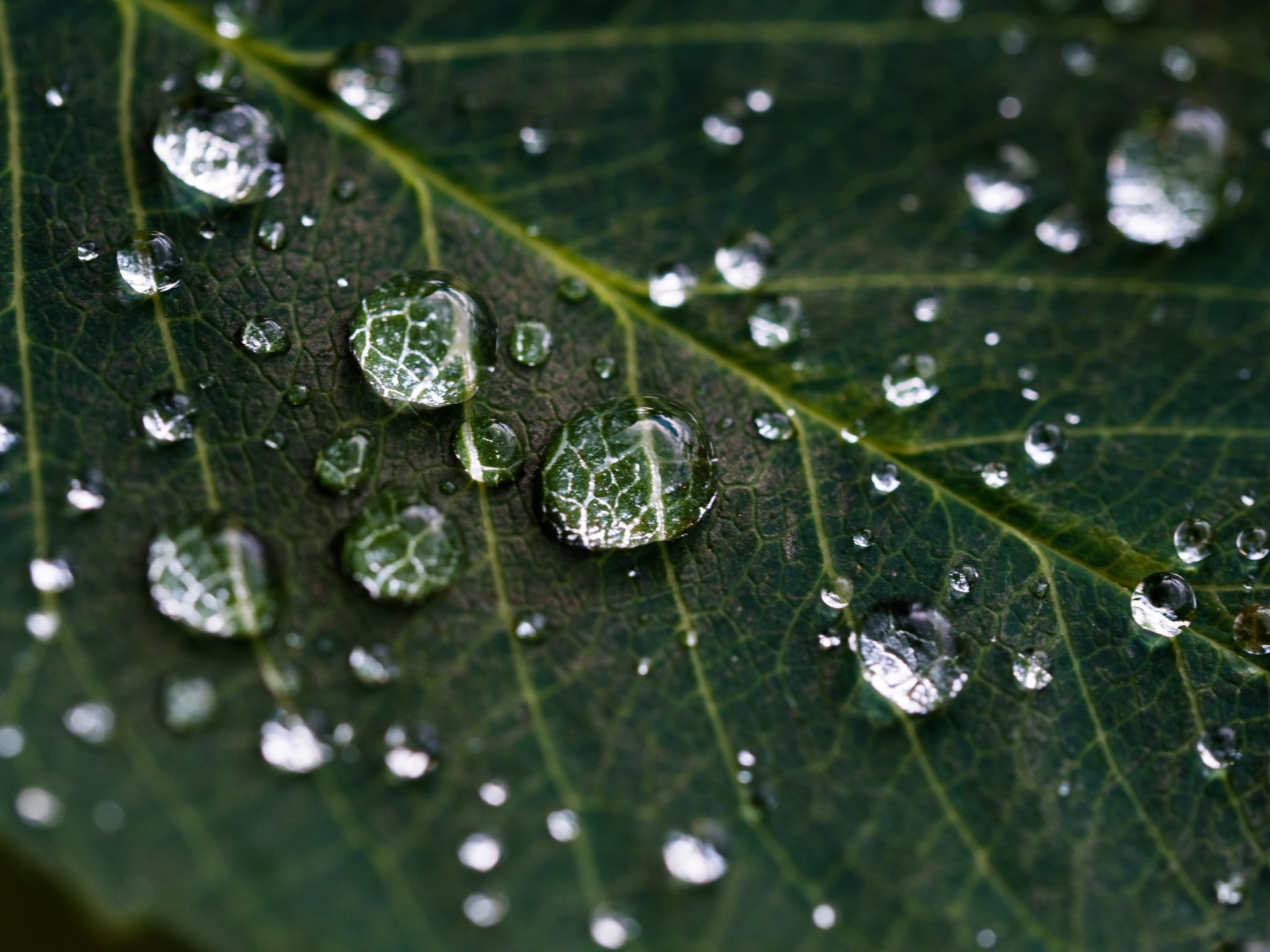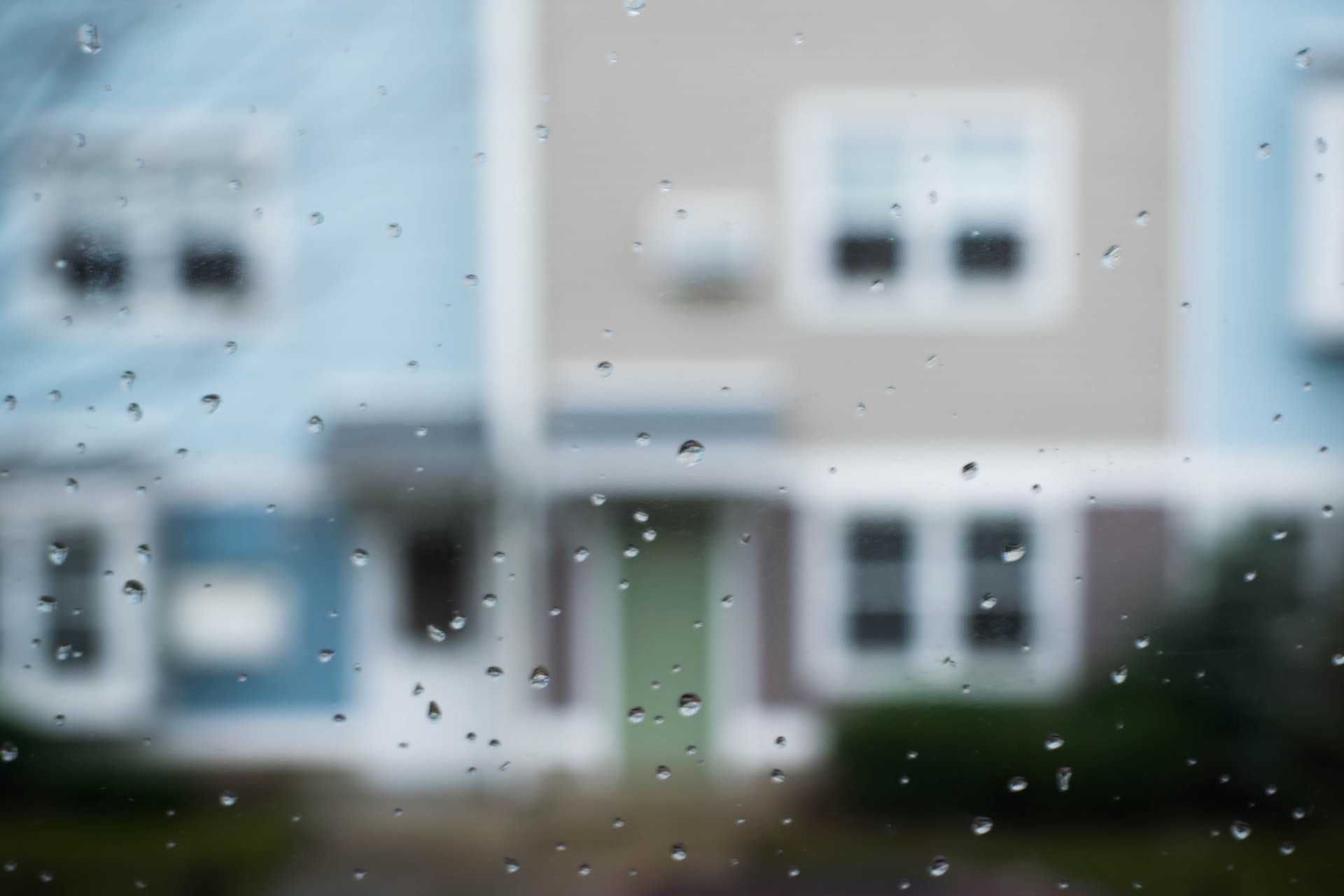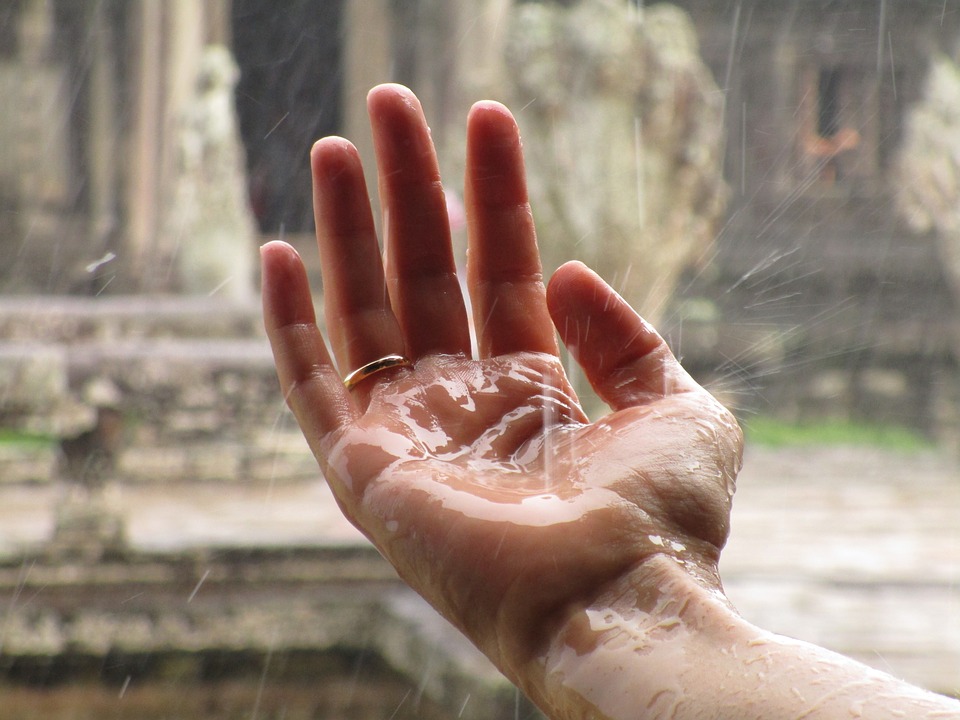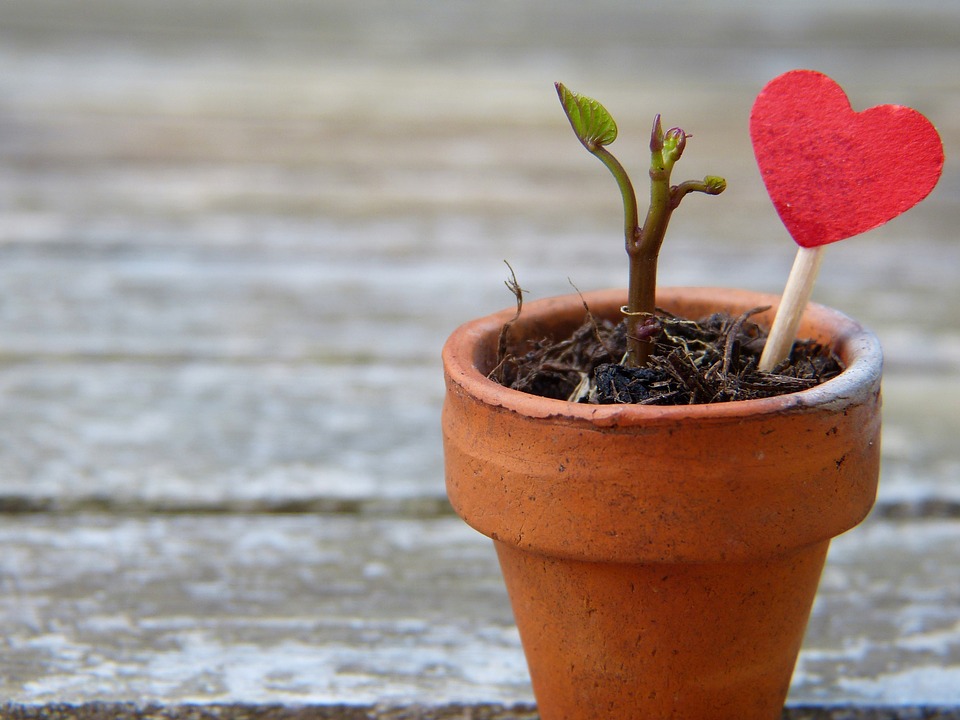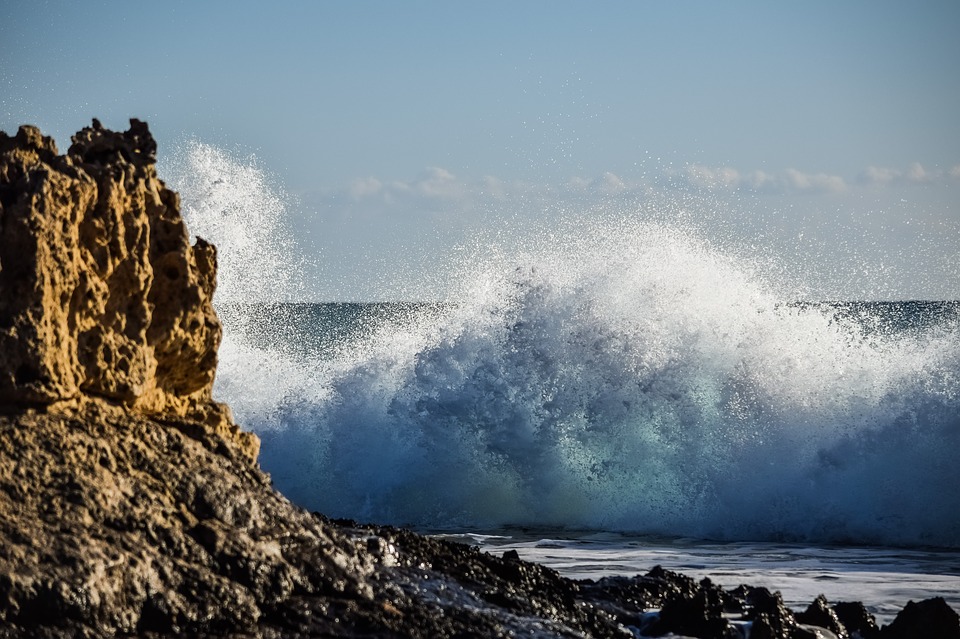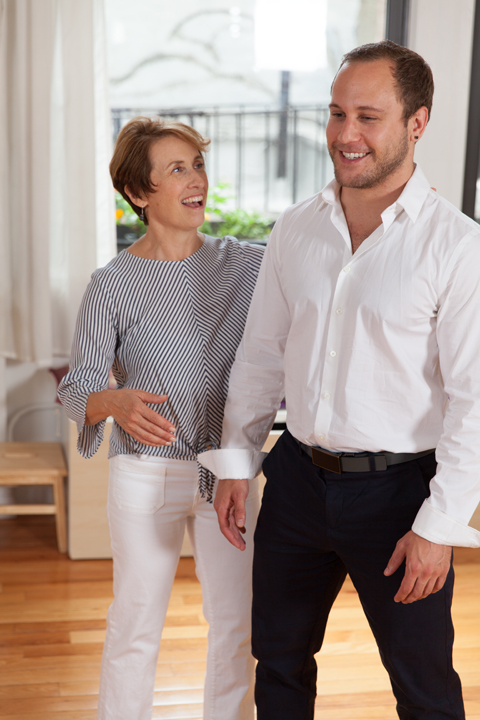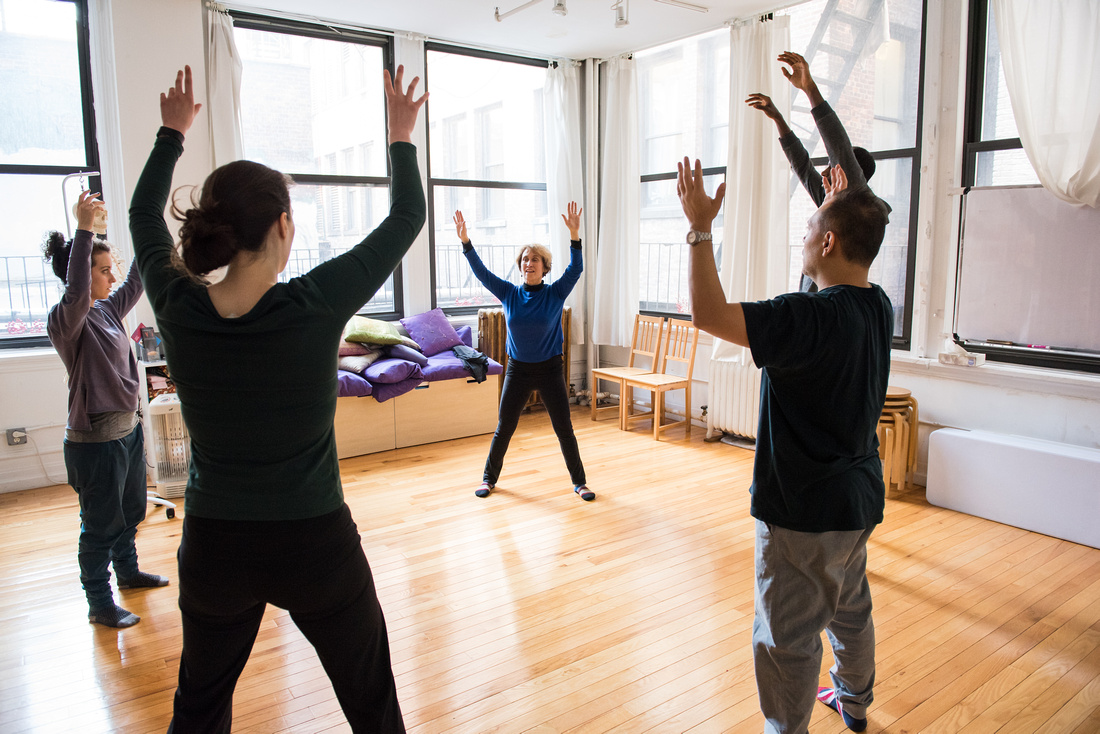
How You Move Matters
Free Alexander Technique Exercises, Tips, and Resources
Here we are... Now
Now.
So here we are… we might have started feeling lost or overwhelmed or caught up in an emotional spiral. And we decided to do something else. (how brave!). And where are we now?
Maybe you’re sore, maybe thirsty. Perhaps. And maybe a bit raw but also more open, no longer fighting yourself. Listening in a fresh way. Taking in. Taking in is nurturing, it’s kindness, it is care and compassion.
In this series, I’ve been drawing connections between the Alexander principles and a mindfulness practice, RAIN. There’s something refreshing and renewing about how both methods invite us to focus on the feelings at hand rather than grasp a result.
We began with R - recognize and followed a sometimes challenging intentional practice: A - allow and I - investigate. Now we are ready for N.
It is already here! Take it in: you are OK, you are here, now.
I’ve seen N of RAIN called a few different things: non-attachment, nurturing, natural awareness. I think it is also our natural coordination. When we stand as our honest selves our actions are centered, and we have a sense of being. Alexander recognized natural poise and taught people to get out of their own way so that they could access their deeper sense of strength and readiness.
Your natural coordination might be felt as a kind of tall peacefulness, from head to heels, an embodiment of non-attachment. You aren’t the emotions, you aren’t your habits; your identity is not defined by your feelings. Have you noticed that when you take a break from making things about you that your compassion comes to the forefront? For others and for yourself.
In this final post on RAIN and AT practice we get to rest in the Now, to simply be. What if we let go of rushing and doing and trying? Even while there is injustice, war, and climate change. Whether you sit or stand or lie down in Active Rest, you get to rest and to be. Now.
One of my favorite poems:
Keeping Quiet, by Pablo Neruda,
Now we will count to twelve
and we will all keep still
for once on the face of the earth,
let's not speak in any language;
let's stop for a second,
and not move our arms so much.
It would be an exotic moment
without rush, without engines;
we would all be together
in a sudden strangeness.
Fishermen in the cold sea
would not harm whales
and the man gathering salt
would not look at his hurt hands.
Those who prepare green wars,
wars with gas, wars with fire,
victories with no survivors,
would put on clean clothes
and walk about with their brothers
in the shade, doing nothing.
What I want should not be confused
with total inactivity.
Life is what it is about...
If we were not so single-minded
about keeping our lives moving,
and for once could do nothing,
perhaps a huge silence
might interrupt this sadness
of never understanding ourselves
and of threatening ourselves with
death.
Now I'll count up to twelve
and you keep quiet and I will go.
Photo credits:
Photo by dan carlson on Unsplash
Photo by Danie Franco on Unsplash
Photo by Zachary Keimig on Unsplash
Photo by Maria Teneva on Unsplash
Let Your Curiosity Lead
Rain series: Investigate
Sometimes when the onslaught of feelings is like a downpour, so suddenly overwhelming, we can only think of getting away. “I don’t want these feelings!” (or the embodiment of these feelings). The 4-part process of RAIN is synchronous with the Alexander process – we use it to create a kind space within the storm. A space for curiosity, perhaps.
Following R- recognize and A - allow, we come to I - investigate. Yes, we are staying with the sensations, the emotions, the interruption of life just a bit longer — even if immediate relief seems like the thing we crave. Making time and space for investigation could lead us toward freedom, in the long run.
Let your curiosity lead for a few moments.
What stands out? What seems most important right now? Hmm… What feelings are prominent in your body? What are the emotional feelings rising to the front of your attention? Is there a boundary that contains these feelings, or not? Hmm…
This is where kindness comes in. As you investigate and uncover what is going on, bring an “isn’t that interesting” attitude toward yourself. Otherwise “I don’t like these feelings” can become “I don’t like myself”. As an investigator, you are learning — so proceed with tenderness and respect.
Here is a recording that will lead you through a 5 min break, Listening in (with kindness).
More curiosity, more investigating: Do you notice a certain viewpoint, like a lens or a way of seeing things? Is this lens familiar to you? Hmm…isn’t that interesting.
How does this viewpoint or lens define your experience, your sensations? What does this lens filter out? …Hmm.
Biases are learned; we develop them through practice. Practiced behavior becomes invisible, becoming a regular part of our point of view and coloring our reality. Implicit biases can be shaken out when we are feeling vulnerable. Trust your inherent goodness and take a deeper look. Our perspectives can change with a simple, hmm. It’s like opening a locked door – what or who have we been keeping out? Isn’t that interesting!
Soften Rather Than Harden into Resistance
“The trick to doing this is to stay with emotional distress without tightening into aversion, to let fear soften us rather than harden into resistance.”
I recently shared a quote from the Buddhist monk Pema Chödrön about a practice for developing compassion. She proposes building empathy by imagining ourselves in a distressed person’s shoes, feeling what it’s like to be in dire circumstances. “We can expect to experience our fear of pain,” she reminds us, “Compassion practice is daring.” She invites us to learn to “relax and allow ourselves to move gently toward what scares us.”
What scares us in dire circumstances is related to what scares us in daily life. We can practice building our empathy by practicing ease in the face of daily distress. And we certainly have plenty of daily stimuli. Dealing with anything unexpected or unfamiliar can throw us off. We fear pain and also we fear the emotional stress being wrong. Many of us fear feeling the humiliation of being seen caught in a mistake. Avoidance of feeling shame keeps many people in the shell of habit, away from engaging in change.
Alexander Technique isn’t Buddhism or any kind of spiritual practice. But it does offer a means for change and receptivity. Sometimes in AT lessons, we feel unfamiliar with changes in posture or breathing. When a person is guided toward a more integrated physical presence they feel often feel more open, but also less like their usual self. Sensations, previously avoided, may be felt again.
Taking an AT lesson involves the audacity to gently and consistently let go of patterns while choosing to stay easy enough to feel more of… everything. Capable of a wide range of experience, we are designed to include it all. This is a great time to develop compassion!
Practice:
Make a tight fist. Now soften your hand and let it open and expand.
Repeat and notice the sensation of ease and un-doing. Notice how the sensation of expansion is light and multi-dimensional.
Now do the same with your neck, just for a moment. Tighten and sense how compressed your whole body becomes. And release the tightness! Sense how springy you are, how you can rebound up and out when you release your neck tension. You probably took a deep breath, too.
Without adding more tension this time, simply ask for another level of undoing in your neck. Notice how you feel when you do this – emotionally.
Can you continue to practice this simple act of softening when you see the news about refuges and immigrants? Or global warming?
Can you continue to practice this simple act of softening while you write your Mom a postcard or make a phone call?
Everything is changing - What can I count on?
Everything is changing - What can I count on?
Sometimes I crave change. When it's my own choice to change my habits, I look for change. When feeling playful, I might switch things up by instigating a change. At other times I hate change and the feeling of vulnerability that comes with unexpected change. I might then react with resentment or resistance. Change is happening all the time, and these days I often feel at odds with the rapid changes happening from the White House. When change feels out of control, what can I count on? Is there something that I can do to find support through change? How can I re-establish my sense of wholeness and unity so that my vulnerability isn’t a liability, but an aspect of my resiliency?
We’ve been training for change all our lives!
I was fortunate to grow up in place where I could wander and play outdoors with other kids for hours. We lived within the rules and limits set by our parents, but adults did not structure our play. I remember learning to climb trees by trial and error. At first, trial and error taught me about fear of falling and my tendency to let fear discourage me or stop me from moving completely. I saw how the other kids who could climb easily had a fearless attitude. I mimicked them; I stole their moves and their upward intensity. I developed a pattern of hand and footholds that allowed me to feel confident in getting up and down from one my favorite maple trees. I learned how light and free I was when I believed it was possible — I just had to follow the “up” in my being and my movement, not resist it. My upward intention and energy made it fun.
In Alexander Technique, and movement-based practices, there is an emphasis on liberating the “up and out” direction of our core posture and coordination. A former AT student (Joan Brittain) sent me an email about returning to her T’ai chi class after a very stressful time away:
Our teacher David said I missed some stuff but one of the things everyone needs to keep working on is keeping the "ding" up--keeping the crown of the head up--through every movement. As he demonstrated this, I thought, "Oh yeah, Alexander's primary control." Then, he said, looking me in the eye, that, ideally, we would maintain an awareness of the ding and of keeping our "frame" as we move, at every moment. And, I said with a certain look in my eye (you know that look), "Yeah, we could." He stopped, surprised, and repeated what I'd said under his breath, then chuckled, and moved on to his next point.
The ideal of keeping an upward direction going all the time seems like a tough expectation, but if we are treat ourselves as the lively and whole beings we are, we can experience an appreciation of an on-going process – and develop a sense of humor about the ebb and flow or trial and error in that process.
One thing we can surely count on is the constant state of change, and our intrinsic mind/body unity. Our unity or psychophysical wholeness is reflected in our design for freedom of thought and freedom in action.
Your “primary control” or “ding” or “upward intention” can be counted on to be constantly available. Your energy is always going on, and you are always organizing through your head/neck/back relationship, up and/or down. When any of us are afraid, we pull downward or inward. When we tighten down we interfere with our intrinsic response to gravity, we feel our discouragement, and we sense our reluctance to be moving. The way back to resiliency, and to grace, is through awareness of choice and willingness to let go of resistance. It can be as simple as unclenching your fist or agreeing to let your ribs be spring-y as you breathe. Releasing your thought/movement is an opening for a new direction and a renewed sense of wholeness. You can count on your natural design; you are a cohesively unified thinking, feeling and moving being.
F.M. Alexander’s 4th and last book, written in the 1930s and 40s at a difficult period of change and war emphasizes the significance of approaching action through an understanding of the psychophysical unity of self. He believed that with knowledge comes the responsibility to use that knowledge well. The book is titled, The Universal Constant in Living.


